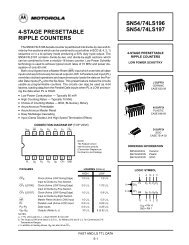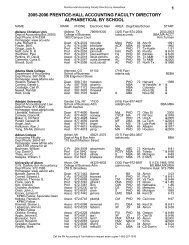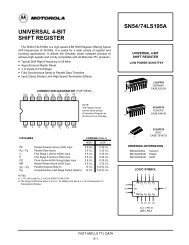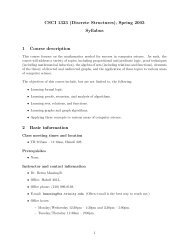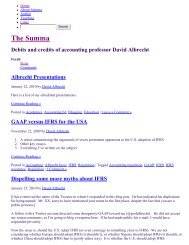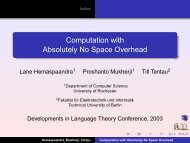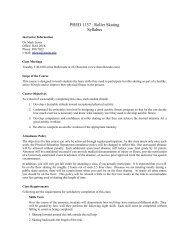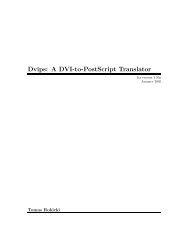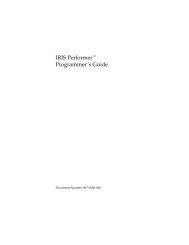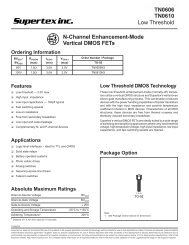A formal description of SYSTEM/360
A formal description of SYSTEM/360
A formal description of SYSTEM/360
- No tags were found...
Create successful ePaper yourself
Turn your PDF publications into a flip-book with our unique Google optimized e-Paper software.
channel operation as any other status byte submitted aftertermination.Each device status byte implies the formation <strong>of</strong> a channelstatus word (CSW), either by means <strong>of</strong> an interruption, a TIO,or an SIO. The execution <strong>of</strong> HIO by a busy selector channel will,therefore, cause an extra CSW to be generated, for a possibletotal <strong>of</strong> four associated with the subject command sequence. Thethree nonzero device status bytes which are always possiblewould contain, respectively, bits designating channel end, controlunit end, and device end, together with whatever other conditionshappened to be present. Any two, or all three, end conditions mayappear in the same byte, but in any case an operation is notactually completed until device end for it has been submitted andcleared at the device. Control unit end is supplied only underspecial circumstances but, apart from the exceptions possible duringcommand chaining, channel end and device end are madeavailable at the termination <strong>of</strong> every sequence, and will appearin a CSW.Command chaining (the execution <strong>of</strong> a sequence <strong>of</strong> operationsby the same device) is initiated (line 68) if the tests in line 67are satisfied: the flag settings C:2,33 must be 01, no bit otherthan pci (Si) may be present in the channel status byte, and thedevice status byte on U must conform to one <strong>of</strong> the allowedpatterns listed. (In the absence <strong>of</strong> hardware failures it is possible,coming from line 66, for any but the busy bit (u’/U)~ to be presentin addition to channel end (as/U)4.) The inception <strong>of</strong> commandchaining is signalled to the device on line 68 using thesame signal as was used to signify data chaining (line IS), butthis time it is in response to status-in rather than service-in. Inresponse to this signal the device will clear the status, but thechannel must note the presence <strong>of</strong> device-end to decide the branchon line 69. If device end is present (j = I), initiation <strong>of</strong> the nextcommand takes place immediately, starting with line 70, wherethe address in CAW <strong>of</strong> the next command word is increasedone double word if the status modifier bit (as/ U )l had been sentwith device end. The program then branches to line 104 whereit joins the SIO sequence described below under “CPU service”.If device end has not been received, line 69 causes a branch toline 59, after which a selector channel dwells at lines 61 and 62,and a multiplexor channel exits at line 61 when the device disconnectsby setting to zero.When a device disconnects from a channel (for any one <strong>of</strong> avariety <strong>of</strong> reasons on a multiplexor channel, but only followingthe acceptance <strong>of</strong> a terminating device status byte on a selectorchannel), the channel is free to respond to calls from the CPUor to service requests from its devices. Line 37 shows a dwellon the two possibilities, and line 38 shows that requests fromdevices take precedence over CPU requests. The expressionV /V, A Vlz = c corresponds to request-in, and rests upon thefollowing formulations. Each control unit on a system is asso-FORMAL DESCRIPTION OF <strong>SYSTEM</strong>/<strong>360</strong>




